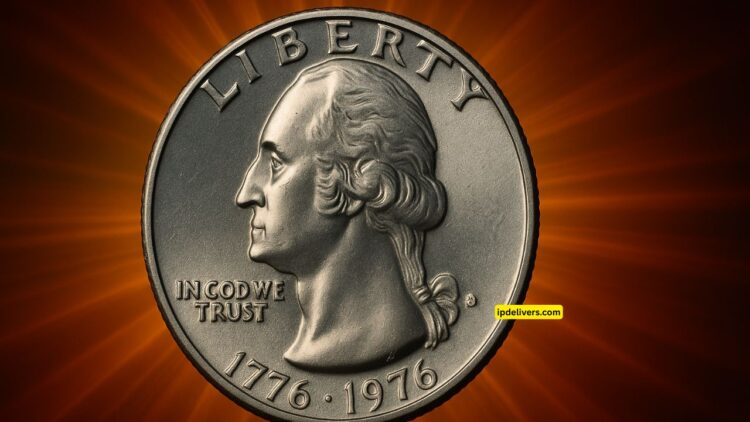Imagine discovering a coin worth hundreds of thousands of dollars right in your loose change. For collectors and everyday Americans alike, this is no longer just a fantasy.
A rare Bicentennial Quarter has recently been valued at a jaw-dropping $300,000, drawing attention to a handful of other coins that might also hold immense value. This guide explores that coin and four others you should watch for in your change jar.
The $300,000 Bicentennial Quarter: A National Treasure
The 1976 Bicentennial Quarter was issued to commemorate 200 years of American independence. Most of these coins are worth face value. However, a few rare specimens command extremely high prices, including one that recently sold for $300,000.
Why It’s Valuable:
- Special Minting: Struck in 40 percent silver instead of copper-nickel
- Proof Error: Some examples were struck using proof dies intended for collector sets
- Condition: Graded at PR70 or MS68 and above
- Limited Mintage: Few were released with these error types, especially in high grade
This coin typically features a colonial drummer on the reverse and the dual date 1776-1976 on the obverse. If yours lacks a mint mark or has a mirror-like proof finish, it might be one of the rare and valuable ones.
Four Other Coins That Could Be Worth Thousands
Many rare coins still circulate or sit forgotten in drawers. Below is a list of four valuable coins that you could unknowingly possess.
| Coin Type | Year and Mint | Estimated Value | Key Identifier |
|---|---|---|---|
| 1943 Copper Penny | 1943 (no mint mark) | Up to $1.7 million | Made of copper during a steel-only year |
| 1975 No-S Roosevelt Dime | 1975 (proof only) | Over $500,000 | Missing the San Francisco mint mark |
| 1969-S Doubled Die Penny | 1969 (San Francisco) | Up to $126,500 | Doubled text on front side |
| 2004 Wisconsin Extra Leaf Quarter | 2004 (D mint) | Up to $6,000 | Extra leaf on corn stalk on the reverse |
Why Are These Coins So Valuable?
Each of these coins stands out due to a combination of rarity, minting error, and historical uniqueness. The most valuable tend to have one or more of the following traits:
- Mint Errors: Misprints, missing mint marks, or wrong-metal compositions
- Low Circulation: Limited production runs or released in restricted quantities
- High Grade: Coins in uncirculated or proof condition
- Collector Demand: Popularity among numismatists increases auction value
How to Identify a Rare Coin in Your Change
To determine if you have a treasure, start by:
- Examining the Date and Mint Mark: Check for inconsistencies, missing letters, or unusual placement
- Testing Metal Content: Use a magnet for steel-based coins. A 1943 penny that isn’t magnetic might be copper
- Using a Magnifying Glass: Look for signs of doubling, extra elements, or proof finishes
- Getting It Graded: Professional services like PCGS or NGC can verify condition and authenticity
Being alert and informed is your best chance of discovering one of these valuable coins.
Rare coins like the $300,000 Bicentennial Quarter and others may be hiding in your everyday change jar.
With careful inspection, knowledge of key identifiers, and a bit of luck, you could uncover a life-changing find. Always take the time to examine your spare change—you never know what fortune may be lying in plain sight.
FAQs
How can I tell if my Bicentennial Quarter is valuable?
Check for a missing mint mark, silver content, and proof-like shine. A coin grading service can confirm its value.
Are rare coins still found in circulation today?
Yes, although rare, valuable coins like the Wisconsin Extra Leaf Quarter or 1969-S doubled die penny have been found in everyday change.
What’s the best way to sell a rare coin?
Auction houses, certified dealers, or online platforms like eBay can help you get competitive offers. Always get the coin graded first.
